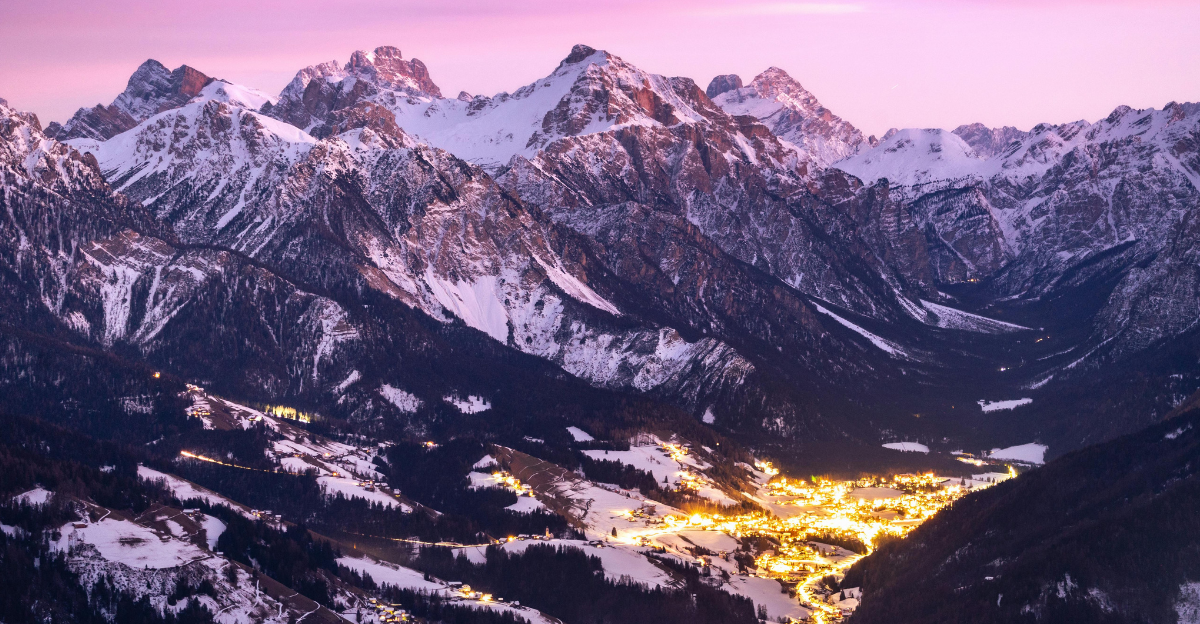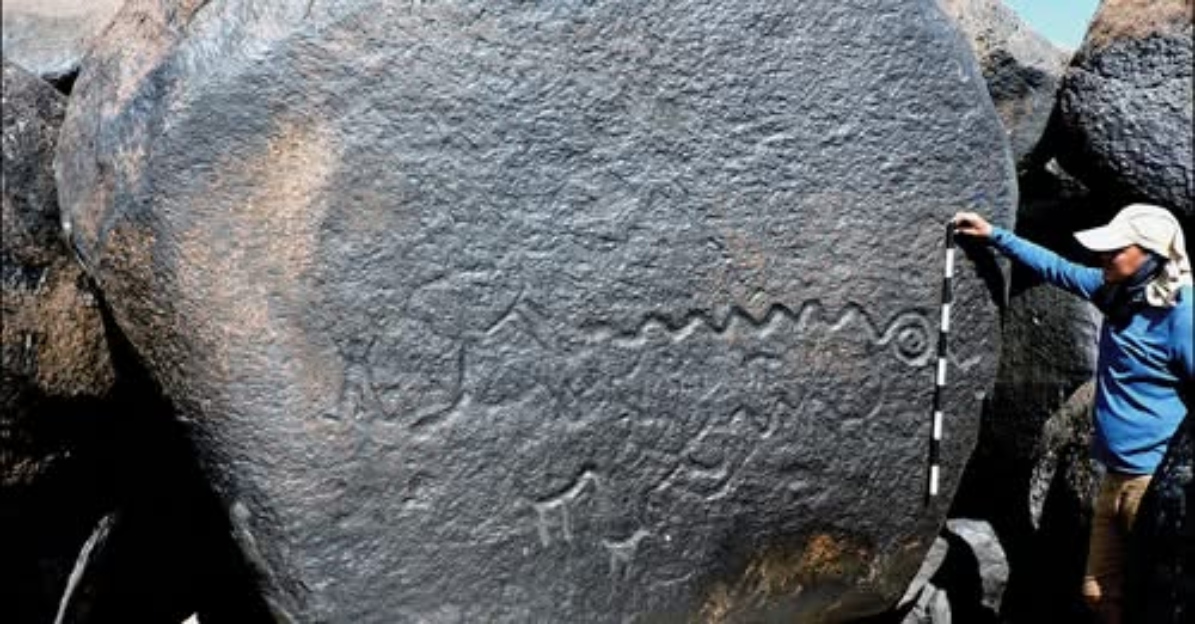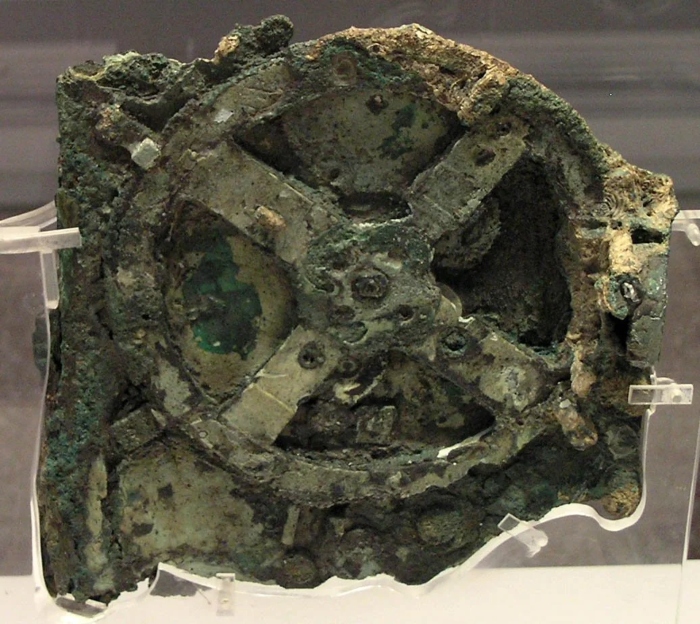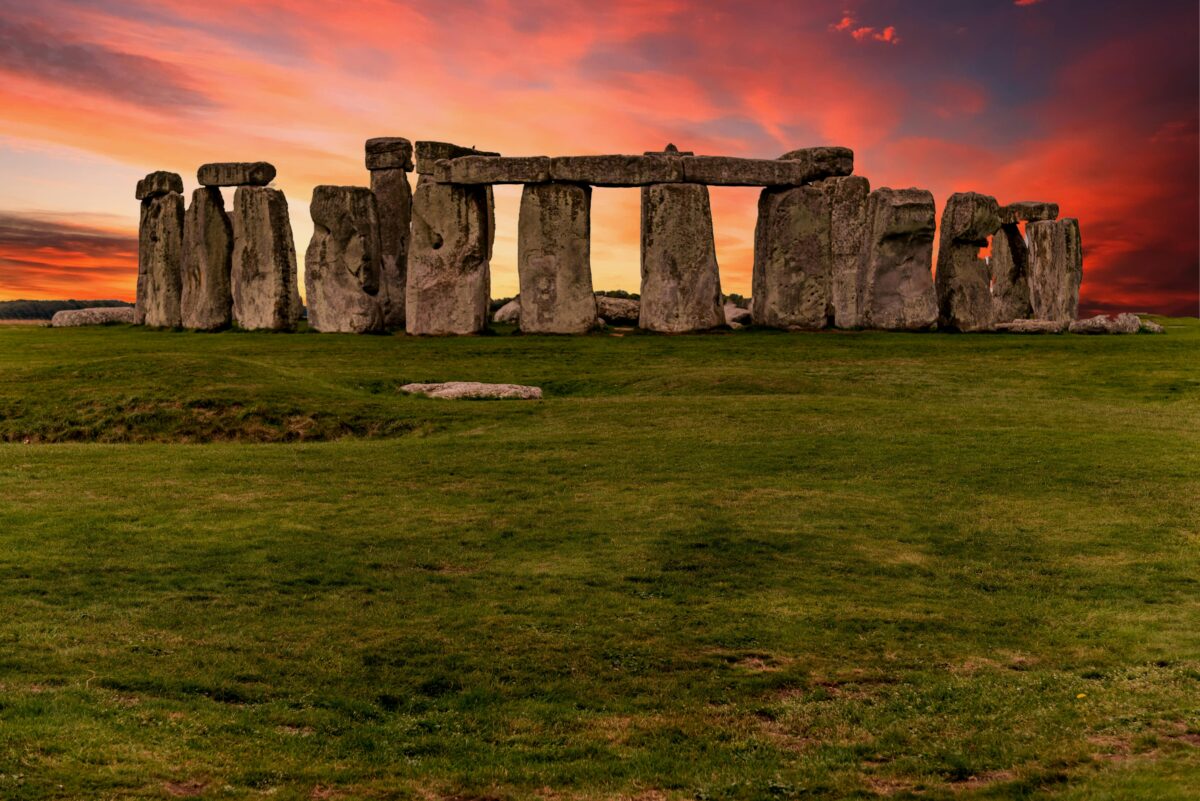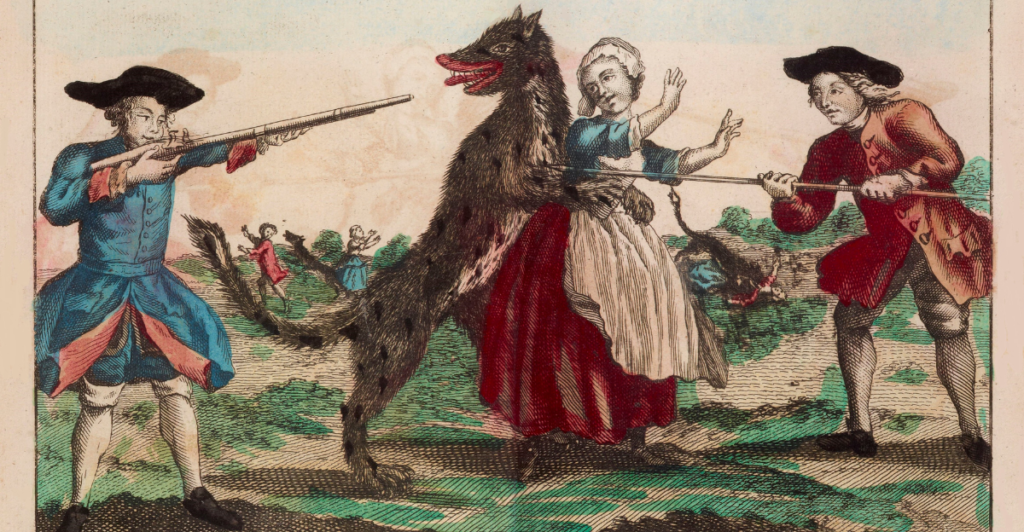
The Beast of Gévaudan is one of the most mysterious legends in French folklore. This terrifying creature terrorized the province of Gévaudan, which is now part of the Lozère and Haute-Loire departments in south-central France, between 1764 and 1767. This beast’s attacks were brutal and widespread, which resulted in the loss of many lives and fear among local citizens.
The First Recorded Attacks
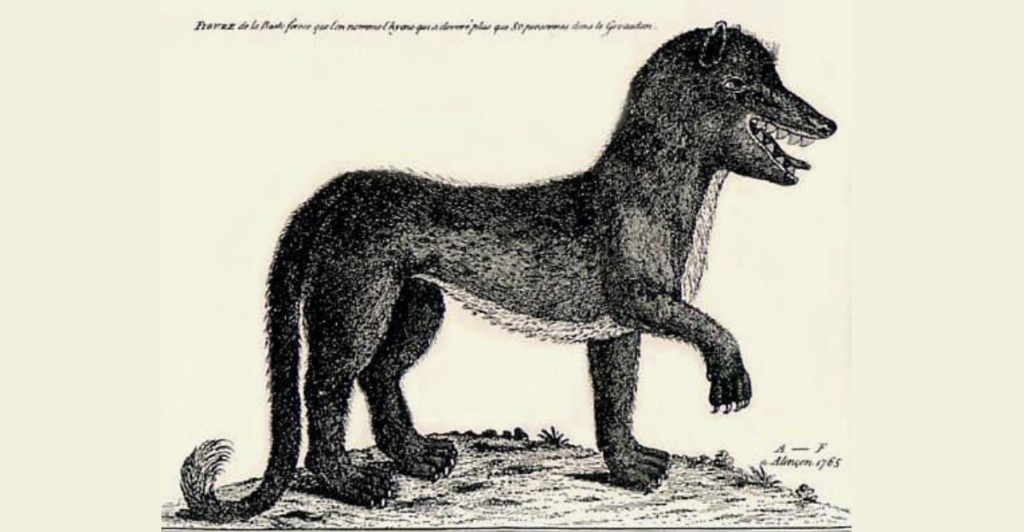
The first attack occurred in the summer of 1764 when a young woman was tending cattle in the Mercoire Forest near Langogne. She reported being approached by a beast that she described as “like a wolf, yet not a wolf.” Thankfully, the bulls in her herd charged the creature and drove it away. But on June 30, 1764, the first official victim was recorded. 14-year-old Jeanne Boulet was killed near the village of Les Hubacs. This marked the beginning of a series of attacks that would grip the region with fear.
Descriptions Of The Beast
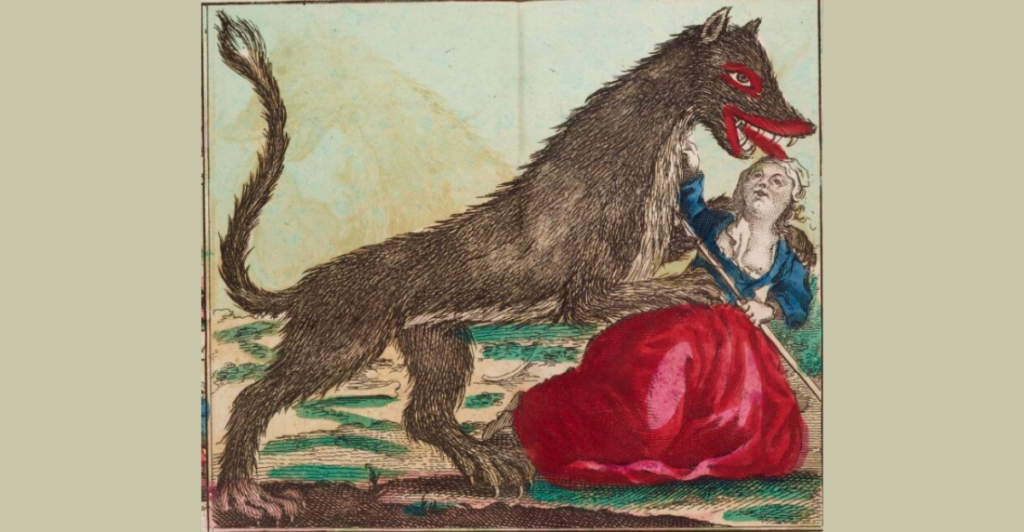
Contemporary accounts describe the Beast of Gévaudan as a large, tawny, or russet-colored animal with dark streaks or stripes and a long tail that ended in a tuft. Apparently, it was the size of a calf or cow and was capable of making impressive leaps. Some believed that it had supernatural abilities, like walking on its hind legs and being impervious to bullets. These descriptions have led to various theories about its identity, including suggestions that it might have been a young lion, a striped hyena, a large wolf, a large dog, or even a wolfdog hybrid.
The Impact On The Community
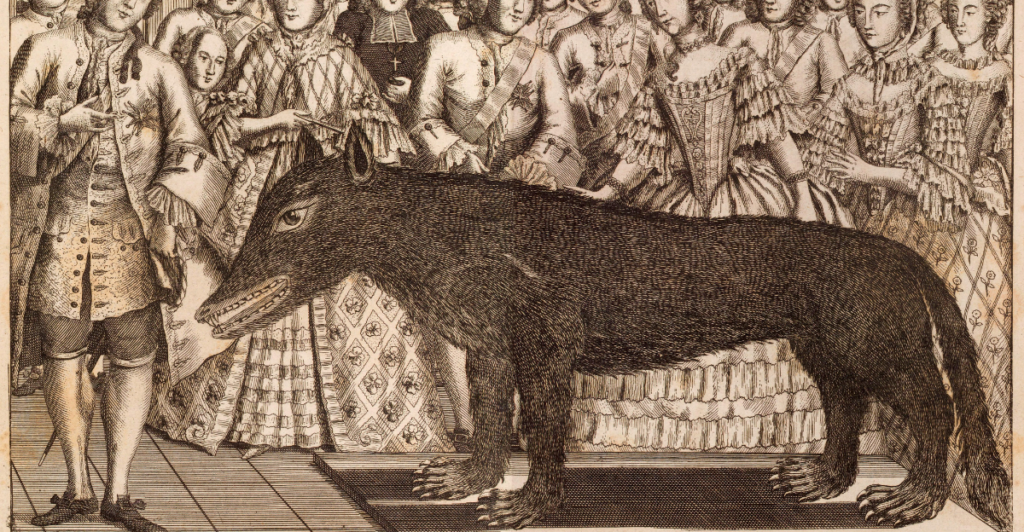
The beast’s attacks had a profound impact on the local community. News of the attacks spread like wildfire from the countryside to the royal palace in Versailles. The French government responded by deploying significant resources to hunt down the creature, including royal huntsmen and soldiers. However, despite their efforts, the attacks continued, which led to widespread fear and desperation among the people.
Supernatural Beliefs
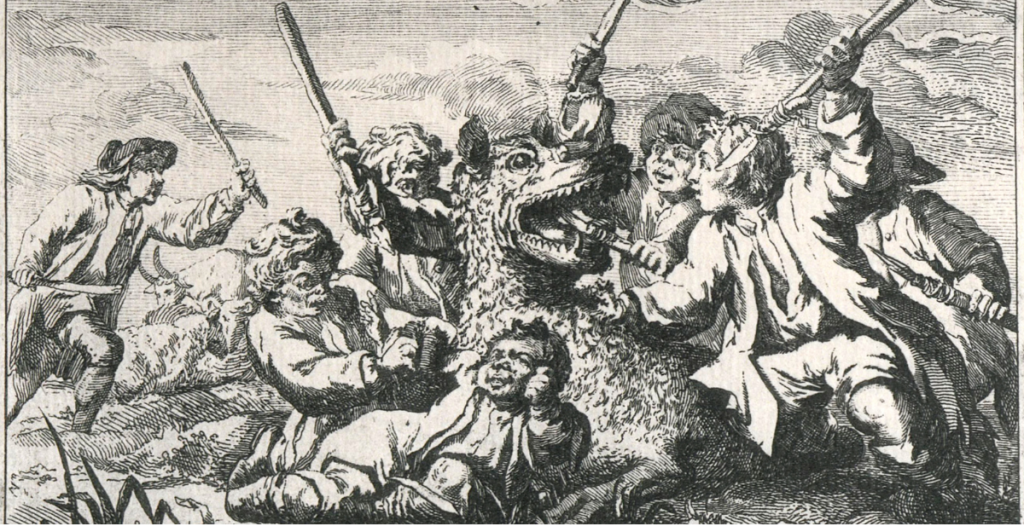
Many people believed that the beast had supernatural origins or abilities. This was because of reports of its invulnerable nature and its ability to perform extraordinary feats. The Bishop of Mende called for prayers and penance, suggesting that the beast was a divine punishment for the sins of the people.
Hunting Efforts
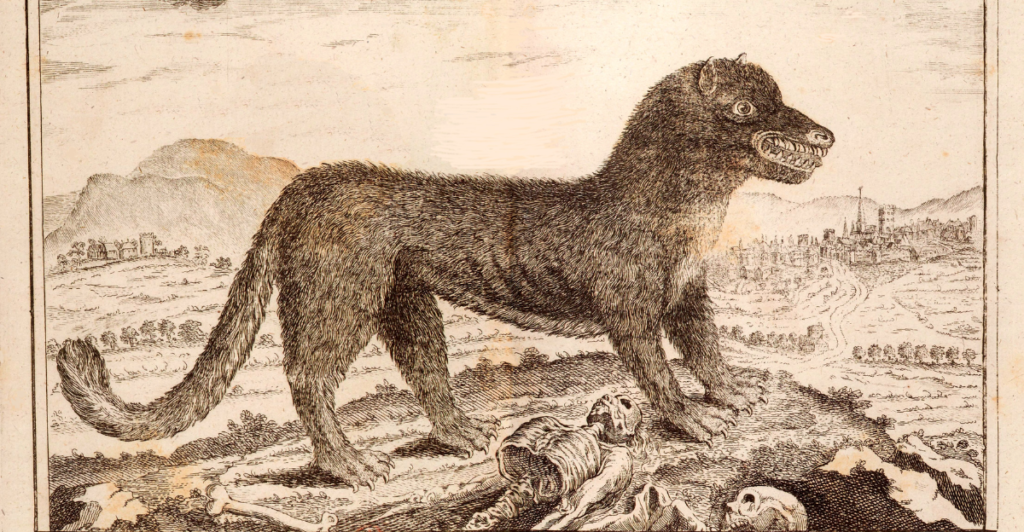
The French government, along with local nobles, organized hunting parties to finally capture and kill the creature. François Antoine claimed that he had killed a large wolf in September 1765, which he believed might have been the Beast of Gévaudan. But the attacks continued, which led to further speculations about the creature’s identity. In June 1767, another large wolf was killed by Jean Chastel, a local farmer, and the attacks finally stopped.
Theories About The Beast
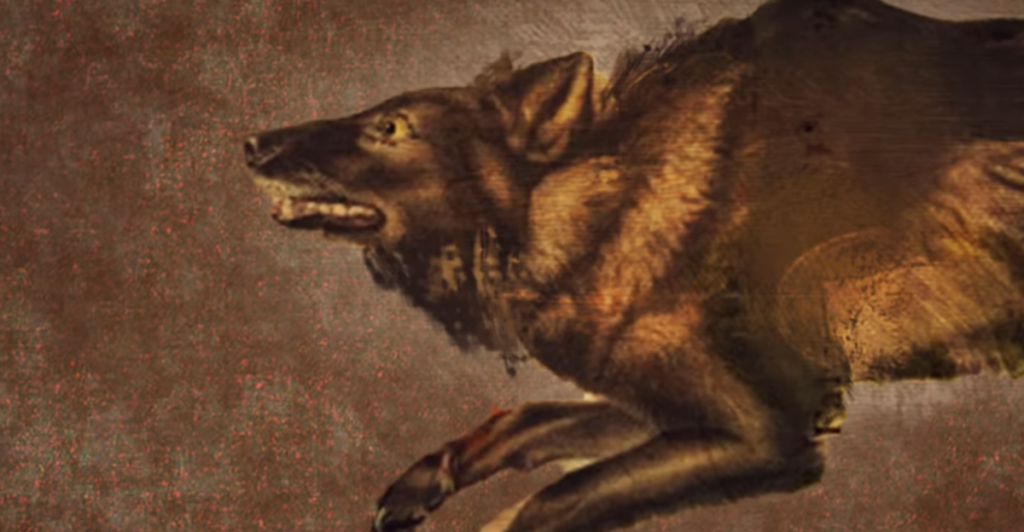
Over the years, many theories have emerged about the Beast of Gévaudan. Some people believe it was a rogue wolf or a pack of wolves, while others suggest it might have been a hybrid animal, like a lion-dog or wolf-dog cross. Some even believe that it could have been a human in a costume or even a supernatural entity. But its true identity is still a mystery to this day.
Legacy of the Beast
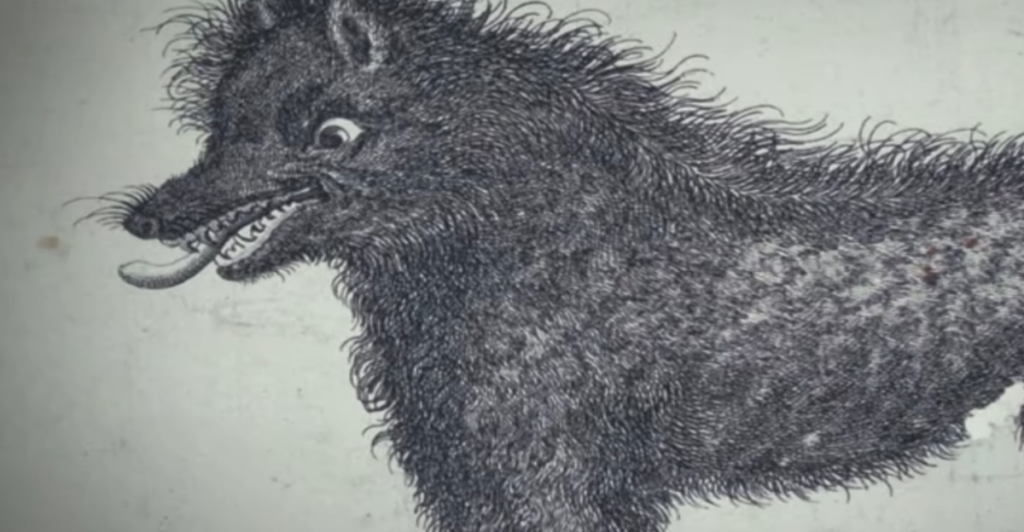
The legend of the Beast of Gévaudan has become a big part of French folklore. Today, there is a museum dedicated to the creature in Saugues, and a wolf sanctuary named Les Loups du Gévaudan has been established in the region. These serve as a reminder of the fascination with this mysterious creature.
Historical Significance
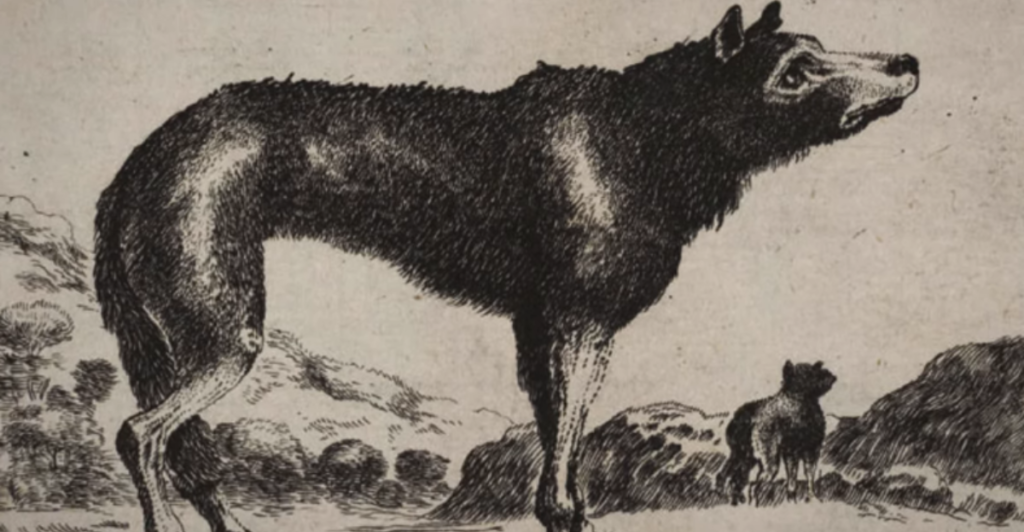
The Beast of Gévaudan was one of the first international news stories and captivated European audiences with its brutality and mystery. The widespread coverage of the attacks reflects the growing influence of media in shaping public perception and fear.
The Unknown
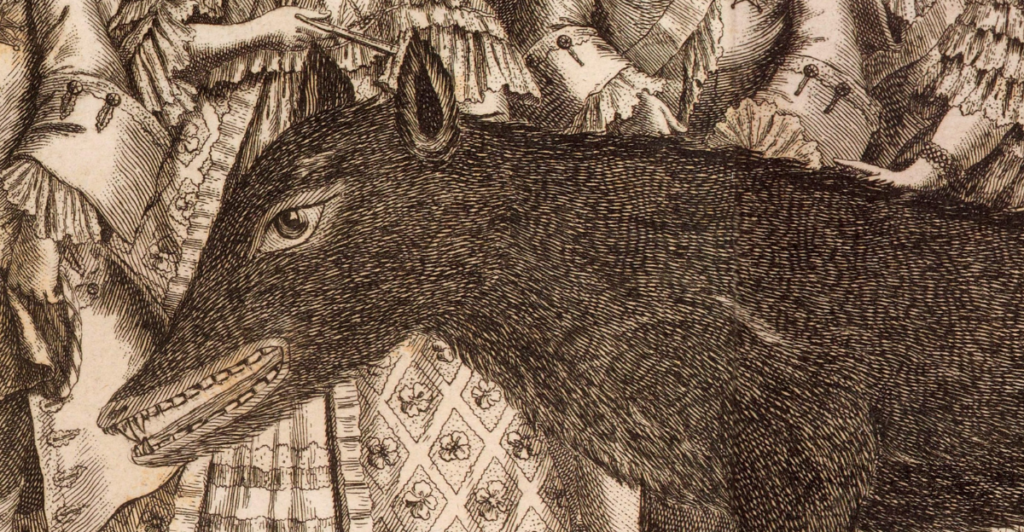
The creature has become a captivating figure in history. It embodies both the terror of the unknown and the power of folklore to shape our understanding of the past. Despite extensive efforts to explain its identity, the Beast continues to inspire speculation and fascination to this day.
Sources:
Beast of Gévaudan
When the Beast of Gévaudan Terrorized France
The Real Story of the Beast of Gévaudan



